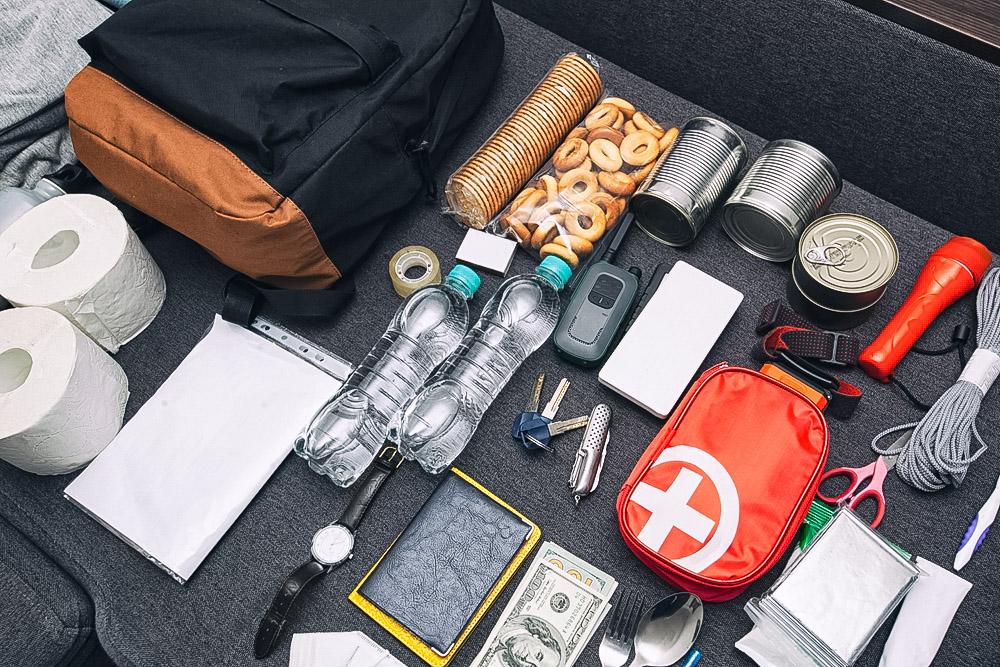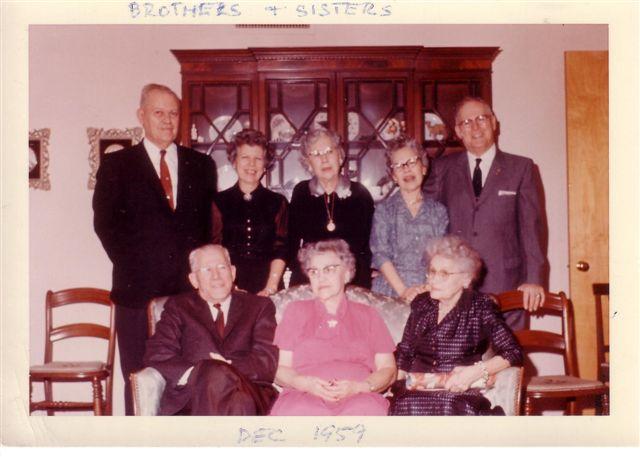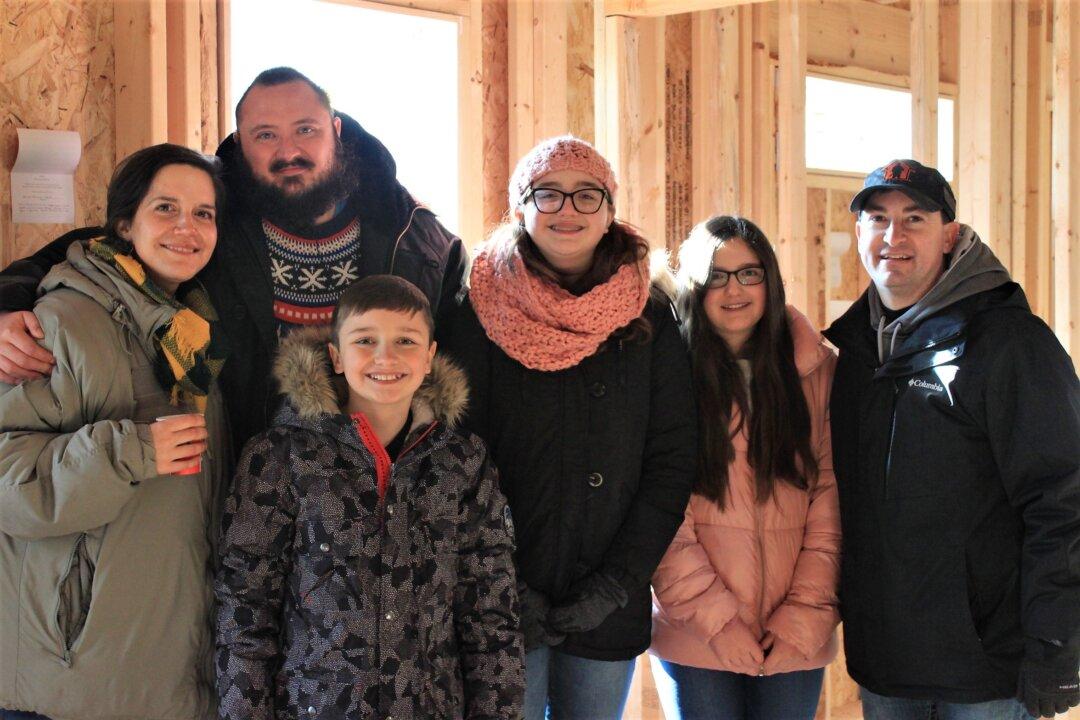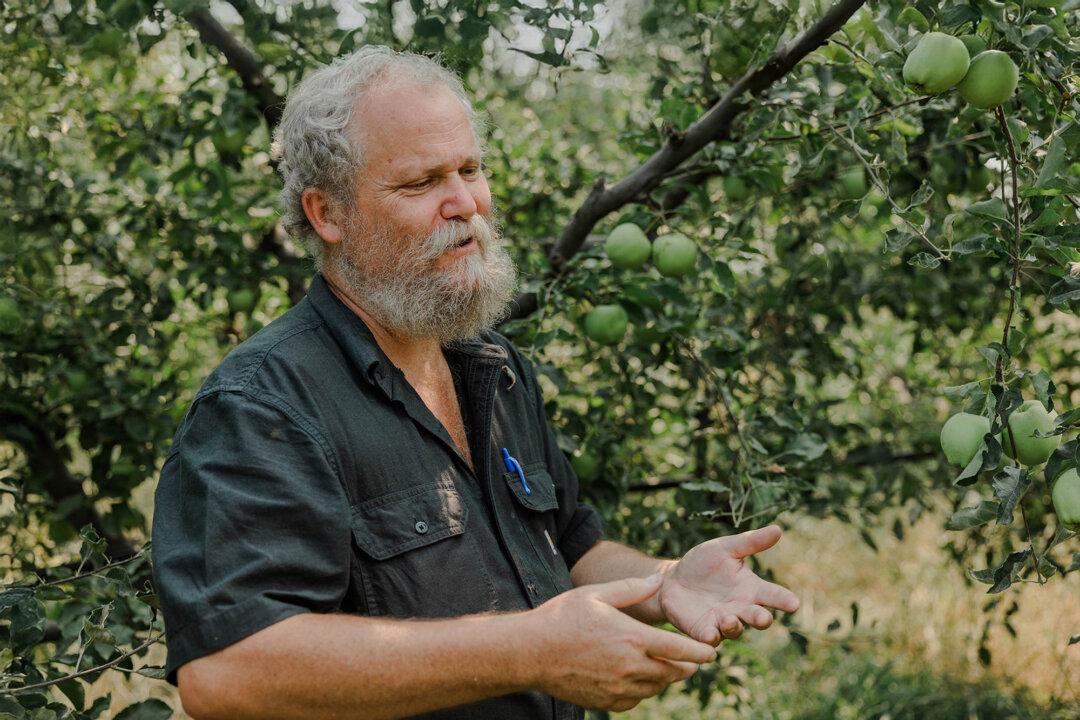Jim Rawles is the founder and senior editor of SurvivalBlog.com, a popular survival and disaster preparedness blog that he launched in 2005. The former U.S. Army intelligence officer has authored a plethora of survival books and novels, several of which became best-sellers.
As an expert in his field, Rawles informs and motivates readers to take steps that will help prepare themselves and their families in the event of an economic collapse, terrorist attack, severe weather, or other crises. He aims to help people prepare, not panic, in difficult and unforeseen situations.





